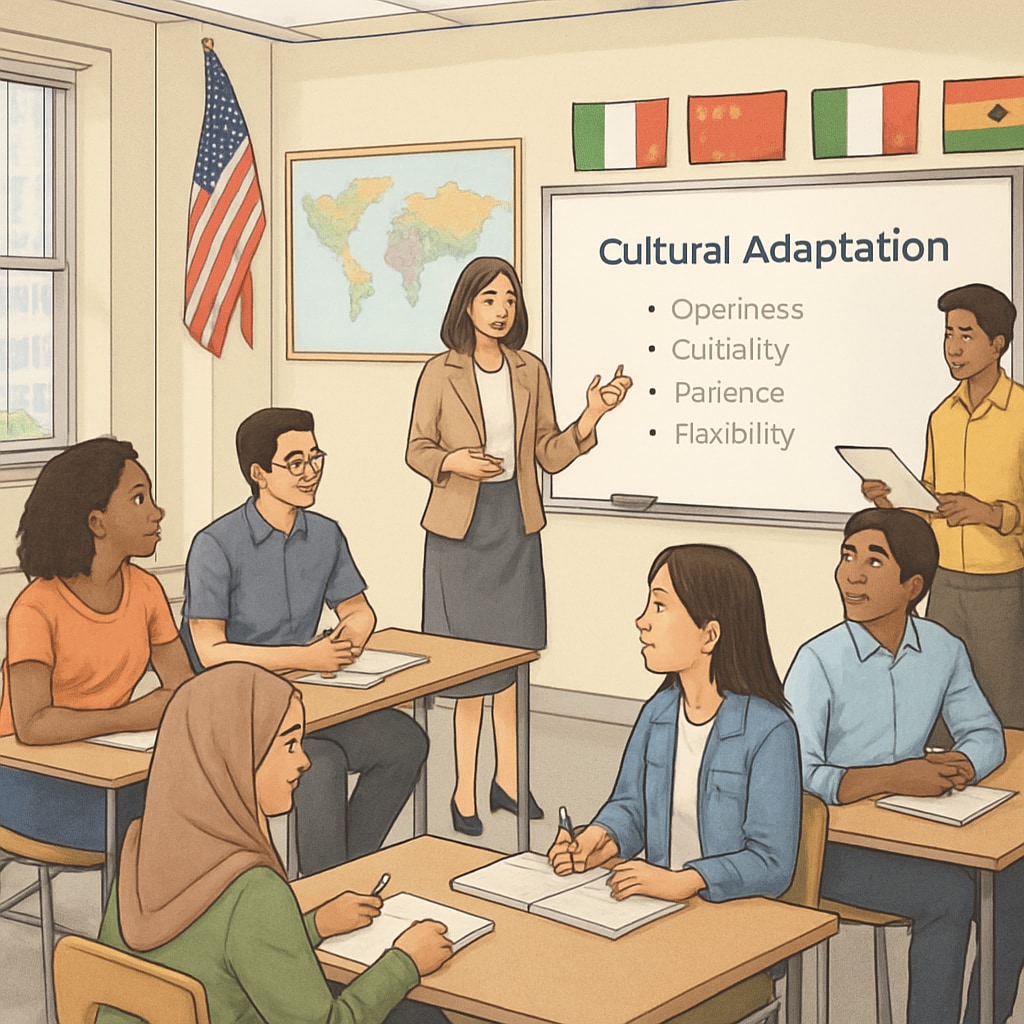For international students working in New York, navigating cultural adaptation while building foundational knowledge can be daunting. Adult education programs focused on cultural adaptation and basic knowledge offer invaluable support, helping students integrate into American society while advancing their professional careers. This guide provides practical resources and insights for foreign professionals seeking cultural education in one of the world’s most diverse cities.
Why Cultural Adaptation Matters for International Students
Cultural adaptation is more than learning language skills; it involves understanding societal norms, workplace etiquette, and daily customs. For international students, especially those pursuing professional careers in the U.S., the lack of cultural awareness can hinder both personal integration and career progression. Adult education programs tailored to cultural learning provide the tools to bridge this gap. For example, courses on American history, workplace communication, and social norms can prepare students for real-world scenarios.

Exploring Adult Education Programs in New York
New York City is home to a range of institutions offering cultural education for international students. These programs focus on basic knowledge and cultural adaptation, ensuring students can thrive both socially and professionally. Below are some excellent options:
- The New York Public Library (NYPL): Offers free workshops on English language learning, American history, and cultural integration. These resources are accessible to all residents, making it a great starting point for newcomers. Learn more at NYPL Official Site.
- City University of New York (CUNY): Provides continuing education courses specifically designed for international students, including topics like workplace communication and cultural awareness. Explore their offerings at CUNY Website.
- Community-Based Organizations: Local organizations like the International Center of New York offer specialized programs to help international students adapt to American culture while building professional skills.

Tips for Successful Cultural Integration
In addition to enrolling in adult education programs, international students can take proactive steps to enhance their cultural adaptation experience:
- Engage with Local Communities: Participate in cultural events and community activities to develop a deeper understanding of American social norms.
- Utilize Online Resources: Platforms like Britannica and Wikipedia offer valuable information on American culture and history.
- Practice Workplace Etiquette: Learn the nuances of professional communication and etiquette in the U.S. workplace to boost career opportunities.
As a result, these strategies combined with formal education programs can help international students navigate cultural barriers and build a more fulfilling life in the U.S.
Conclusion: Empowering International Students in New York
Adult education programs designed for cultural adaptation and basic knowledge play a pivotal role in helping international students adjust to life in the United States. By leveraging resources available in New York, foreign professionals can bridge cultural gaps, enhance their professional trajectories, and thrive in a multicultural environment. Whether through formal education institutions or community-based organizations, the tools for successful integration are readily accessible. Start your journey today and embrace the rich cultural experiences New York has to offer.
Readability guidance: Use short paragraphs and lists to summarize key points. Include practical recommendations and external links to authoritative resources. Ensure smooth transitions with words like “however,” “in addition,” and “for example.” Maintain active voice for clarity and engagement throughout the article.


